Diagnosis and Evaluation
Oral cavity cancer most commonly presents as a whitish or reddish lesion in the mouth. These findings are called leukoplakia and erythroplakia, respectively. Malignant lesions are frequently ulcerated and irregularly-shaped with heaped borders (Figure 8).
Figure 8
Clinicians must distinguish cancers from normal findings in the oral cavity, such as circumvallate papillae of the tongue and orifices of the ducts of the parotid and submandibular glands. In addition, cancers must be distinguished from other abnormalities in the oral cavity, such as aphthous ulcer, lichen planus, mandibular and palatine torus, and amalgam tattoo, among many other benign entities that arise in the oral cavity. The clinician should obtain a complete history, including the time course of symptoms. Dysphagia, otalgia, dysarthria, weight loss, trismus, and cervical lymphadenopathy are all symptoms frequently associated with oral cavity cancer, and should be noted at the initial evaluation. Physical examination should be directed at assessing the size and extent of the abnormality. Restricted mobility of the tongue indicates involvement of the extrinsic muscles. Proximity to and mobility with respect to the bone of the mandible or maxilla should be noted, as should the status of remaining teeth. Trismus is a relevant finding, primarily as a potential marker of extension of the tumor. The presence of enlarged cervical lymph nodes could be a marker of regional metastasis, and should be identified during the initial evaluation. A complete head and neck exam should be performed, as the presence of a second malignancy could impact decisions made about management of an oral cavity cancer. Often, the complete examination includes a fiberoptic laryngoscopy using a flexible scope passed through the nose.
The diagnosis of oral cavity cancer is made, or ruled out, on the basis of a biopsy. Such procedures are usually performed by head and neck surgeons, otolaryngologists and oral surgeons. For most lesions in the oral cavity, a biopsy can be performed safely under local anesthesia in the clinic. A biopsy performed for diagnosis should be incisional in nature, and not excisional, in order to preserve the margins of the lesion should a subsequent oncologic procedure be required.
Imaging studies are used in most circumstances to assess the extent and size of an oral cavity cancer. The most commonly utilized study is the computed tomography (CT) scan performed with intravenous contrast. This study allows for assessment of the extent of primary tumors, identification of tumor involvement of the mandible or maxilla, and evaluation for metastatic lymphadenopathy. In selected circumstances, other imaging studies such as magnetic resonance imaging (MRI) or positron emission tomography (PET) combined with CT, may be useful.
» Click Here If You Have Questions or Comments
